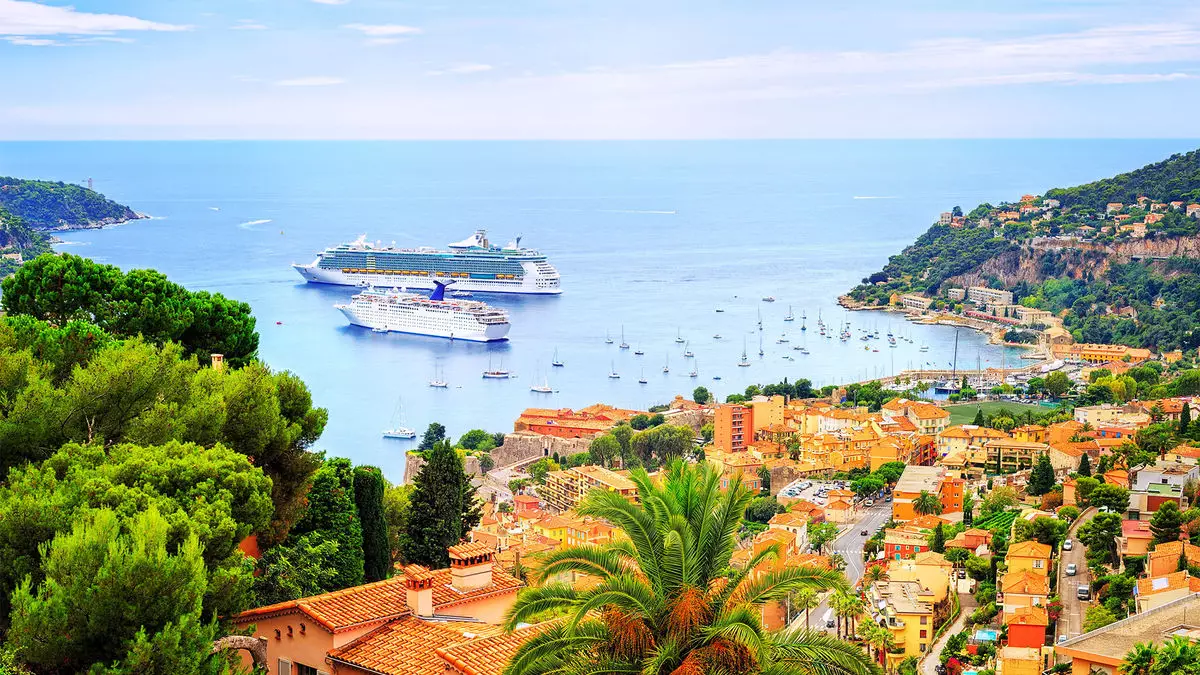In recent years, the tug-of-war between the cruise industry and urban destinations has intensified. Specifically, Nice and Villefranche-sur-Mer in the picturesque Cote d’Azur have become focal points for this debate. Officials, led by Nice’s mayor Christian Estrosi, have taken significant steps to mitigate overtourism and environmental degradation by enacting a ban on cruise ships carrying 900 passengers or more. While the intention behind this decree is to preserve local ecosystems and improve resident quality of life, it poses serious ramifications for the cruise industry and local economies reliant on this form of tourism.
The response from industry representatives, notably the Cruise Lines International Association (CLIA), has been firm. They urge local authorities to reconsider such drastic measures and advocate for a more integrated approach to tourism that balances the needs of residents with the benefits of tourist revenue. This situation raises questions about the sustainability of both cruising as an industry and the urban locales that host these vessels.
Nice has long served as a vital waypoint for cruise itineraries in the Mediterranean. With its beautiful coastal views and proximity to the airport, many cruise lines depend on it as a turnaround port. According to estimates from the French newspaper Le Monde, the restrictions could lead to a considerable loss of income—over $10 million for Nice and a staggering $600 million at the regional level. The gravity of this potential economic downturn is hard to underestimate, especially when local businesses that thrive on cruise tourist spending are considered.
Moreover, the ban disproportionately impacts specific cruise lines, particularly large operators like Royal Caribbean and Norwegian Cruise Line. As they face significant disruptions, the question becomes whether these companies can effectively pivot to alternative ports or whether this challenge will lead to long-lasting damage to their operations and the local economy’s health.
While the economic implications are alarming, they must be examined alongside the environmental rationale behind such governmental restrictions. The propensity of large cruise ships to generate pollution and strain local resources is a topic that can no longer be ignored. Mayor Estrosi’s sentiment—that the cruise lines often bring “low-cost clientele who consume nothing but leave their waste behind”—echoes the frustrations of many local communities grappling with the impact of overtourism.
Recent years have witnessed a surge in public awareness about environmental issues associated with travel. Residents are increasingly vocal about the noise, waste, and overcrowding that large ships can bring. Hence, while CLIA emphasizes economic consequences, many community members advocate for prioritizing a sustainable lifestyle over short-term financial benefits.
As the situation develops, an unexpected opportunity emerges for smaller cruise line operators. With the door closing on larger ships in Nice and Villefranche-sur-Mer, companies like Ponant and Azamara Cruises have begun promoting their advantages. The former quickly announced new itineraries designed to capture a market that may feel neglected by larger vessels. Smaller ships can access ports and regions that larger ships cannot, thus providing unique experiences that might appeal to travelers seeking exclusivity.
Industry experts speculate that such developments could lead to shifts in consumer demand, with more passengers gravitating towards small-ship cruising in the coming years. As travel advisors adapt to the new landscape, they might find that clients are increasingly interested in securing new experiences away from populous tourist hotspots. This anticipated shift could even lead to a broader recalibration of cruise itineraries, focusing on lesser-known ports that promise unique cultural experiences.
Amid the ongoing conflict between regulators and the cruise industry, a crucial need for dialogue has emerged. While the challenge of balancing economic vitality with environmental respect is complex, stakeholders must collaborate to create a holistic tourism model that benefits communities and travelers alike. This ongoing dispute serves as an example of the increasingly complex dynamics in the tourism sector—one that will require innovative solutions, shared responsibility, and acknowledgment of the finite nature of resources.
Ultimately, as governments continue to reassess their policies concerning cruise tourism, the industry must remain flexible and willing to adapt. By investing in sustainable practices and developing positive relationships with destination communities, the industry can make strides towards a more sustainable future. The way forward will involve a blend of creativity, cooperation, and mindful consideration of both economic and environmental factors.


Leave a Reply